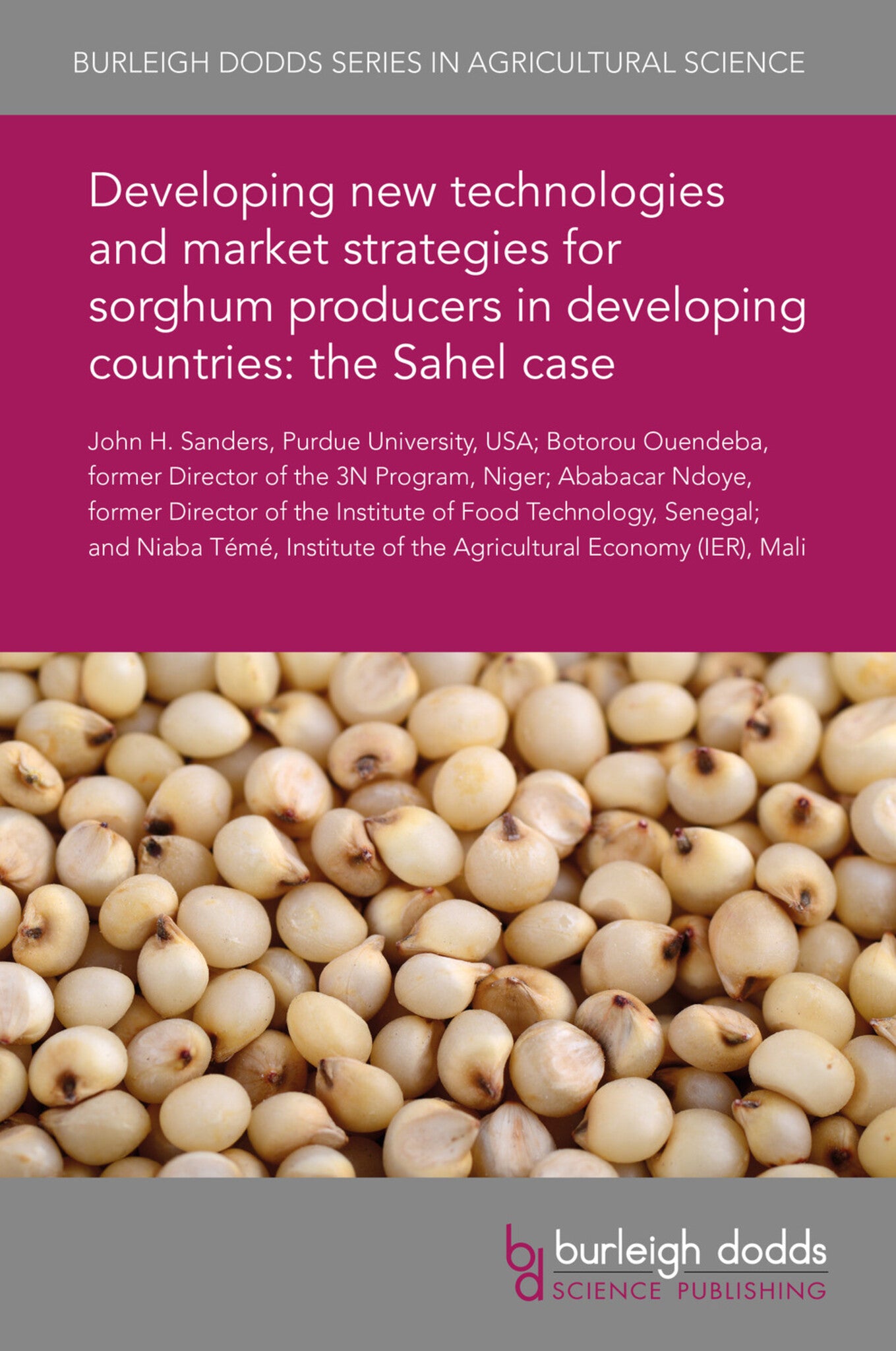We're sorry. An error has occurred
Please cancel or retry.
Introducing new technologies and market strategies for sorghum producers in developing countries: the Sahel case

Some error occured while loading the Quick View. Please close the Quick View and try reloading the page.
Couldn't load pickup availability
- Format:
-
02 April 2018


TECHNOLOGY & ENGINEERING / Agriculture / Sustainable Agriculture, Agronomy and crop production, TECHNOLOGY & ENGINEERING / Agriculture / Agronomy / Crop Science, TECHNOLOGY & ENGINEERING / Agriculture / Agronomy / General, Sustainable agriculture

1 Introduction 2 Sorghum performance and potential: Mali and Burkina Faso 3 The strategy: breaking out of subsistence 4 Pilot project success and scaling-up 5 Second-generation problems 6 Institutional innovation: farmers’ association as a marketing cooperative 7 Growth of a secondary market for sorghum 8 Conclusion 9 Where to look for further information 10 Appendix: associations and farmer details, 2008–12 11 References



